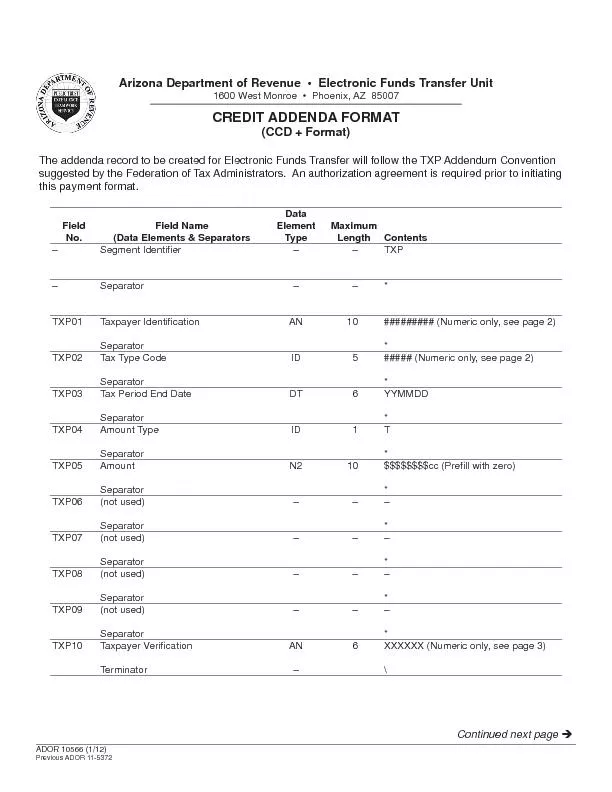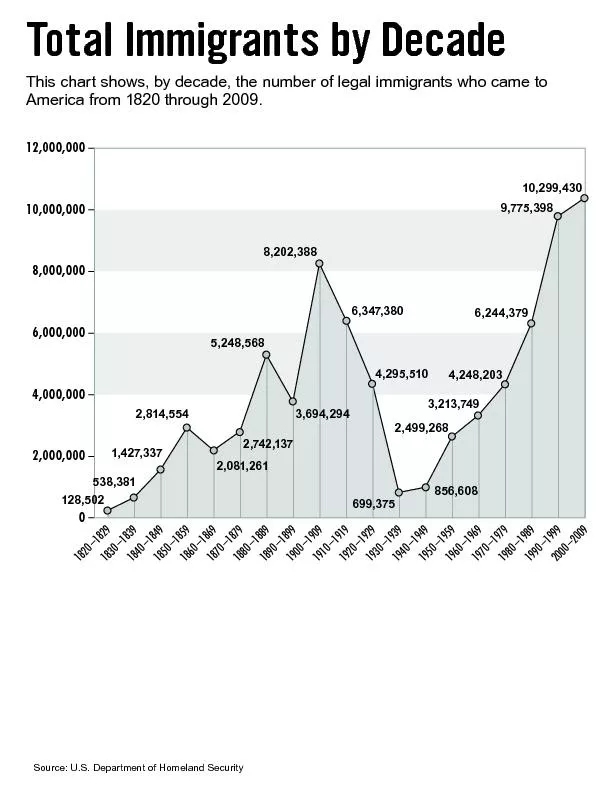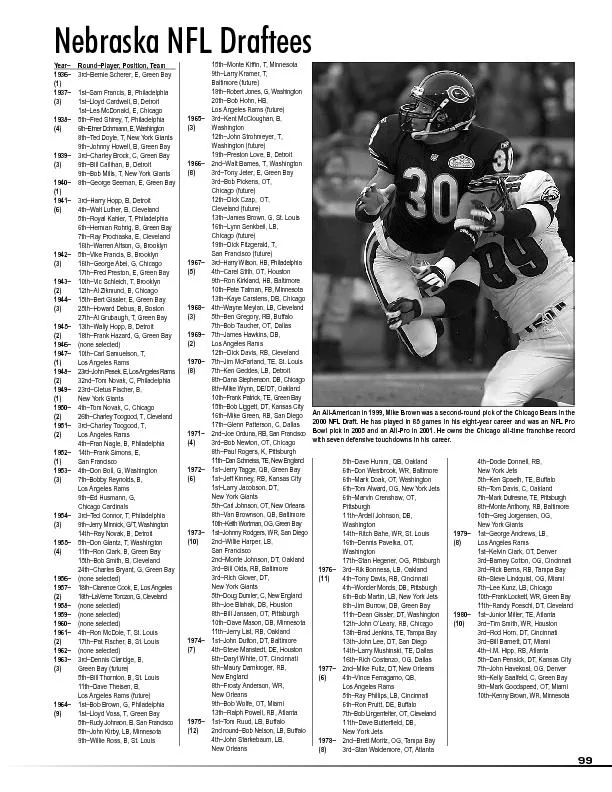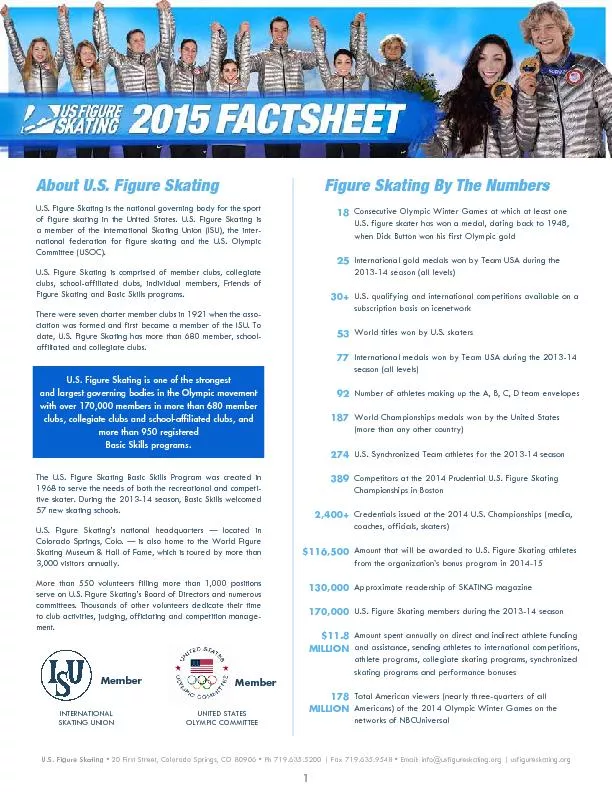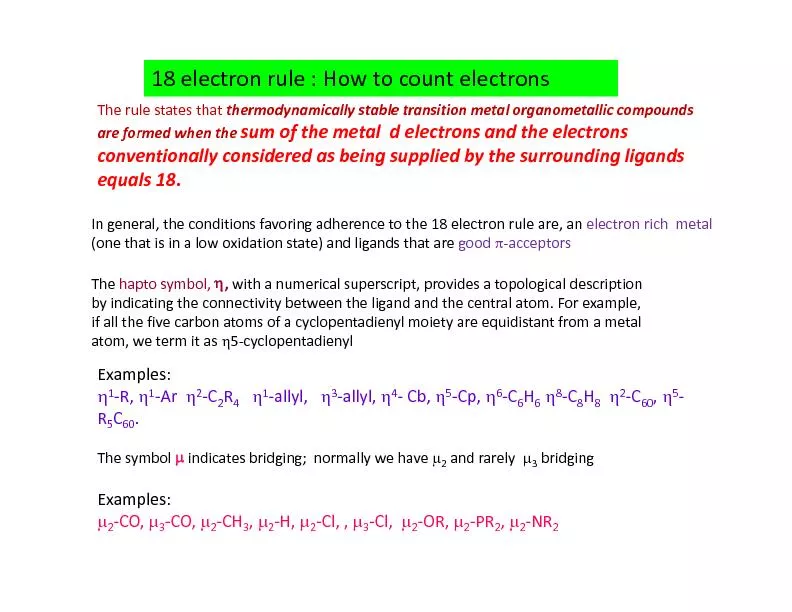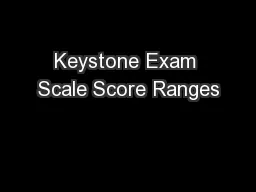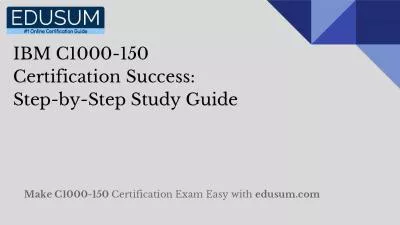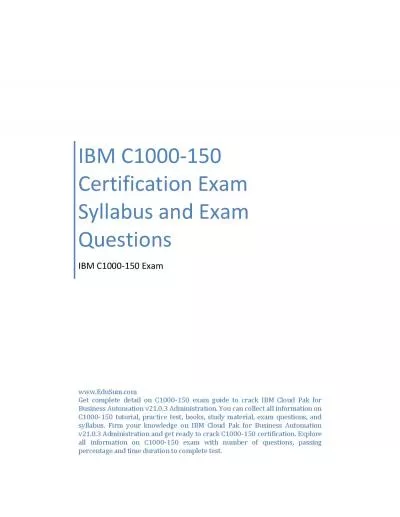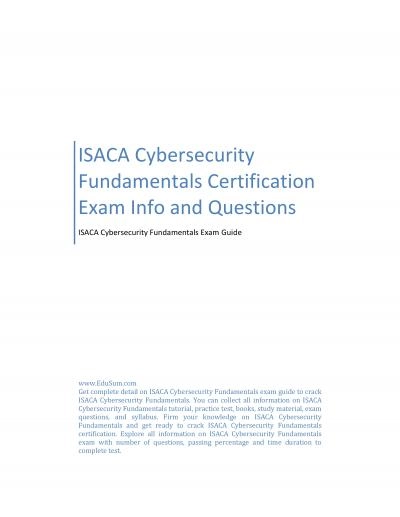PDF-Fundamentals Level –Skills Module, Paper F9Financial Management1(
Author : mitsue-stanley | Published Date : 2016-10-06
11 If research indicates that share prices fully and fairly reflect not only public information and past information but privateinformation as well a stock market
Presentation Embed Code
Download Presentation
Download Presentation The PPT/PDF document "Fundamentals Level –Skills Module, ..." is the property of its rightful owner. Permission is granted to download and print the materials on this website for personal, non-commercial use only, and to display it on your personal computer provided you do not modify the materials and that you retain all copyright notices contained in the materials. By downloading content from our website, you accept the terms of this agreement.
Fundamentals Level –Skills Module, Paper F9Financial Management1(: Transcript
Download Rules Of Document
"Fundamentals Level –Skills Module, Paper F9Financial Management1("The content belongs to its owner. You may download and print it for personal use, without modification, and keep all copyright notices. By downloading, you agree to these terms.
Related Documents



